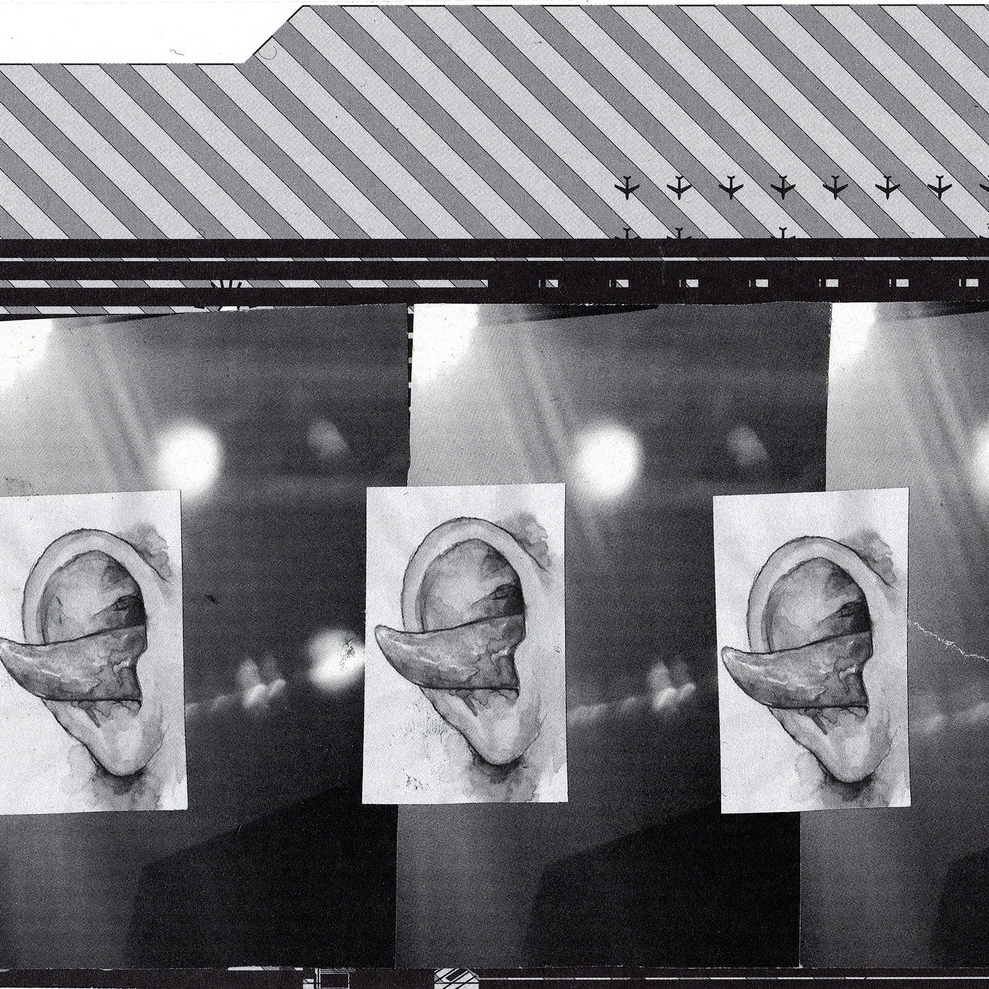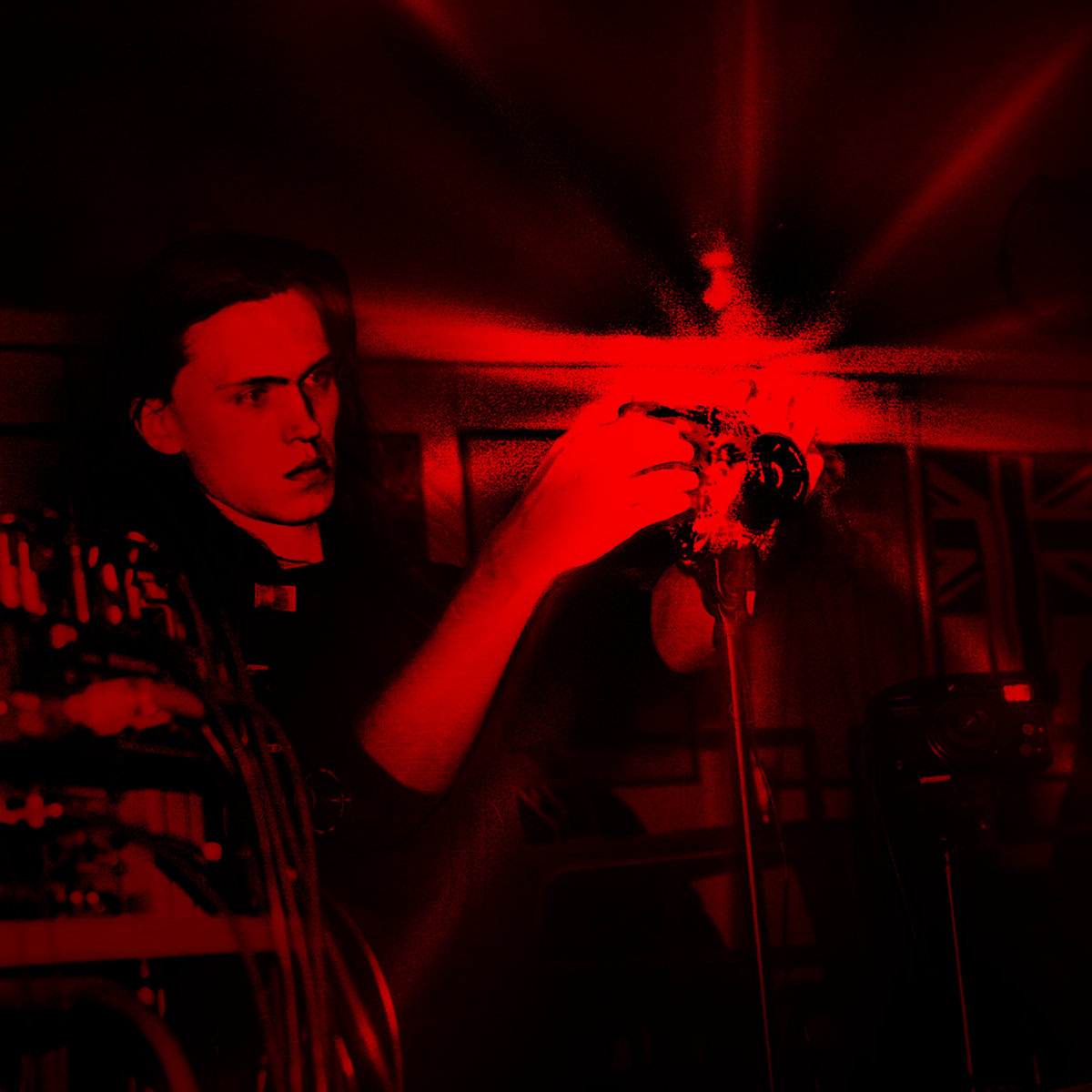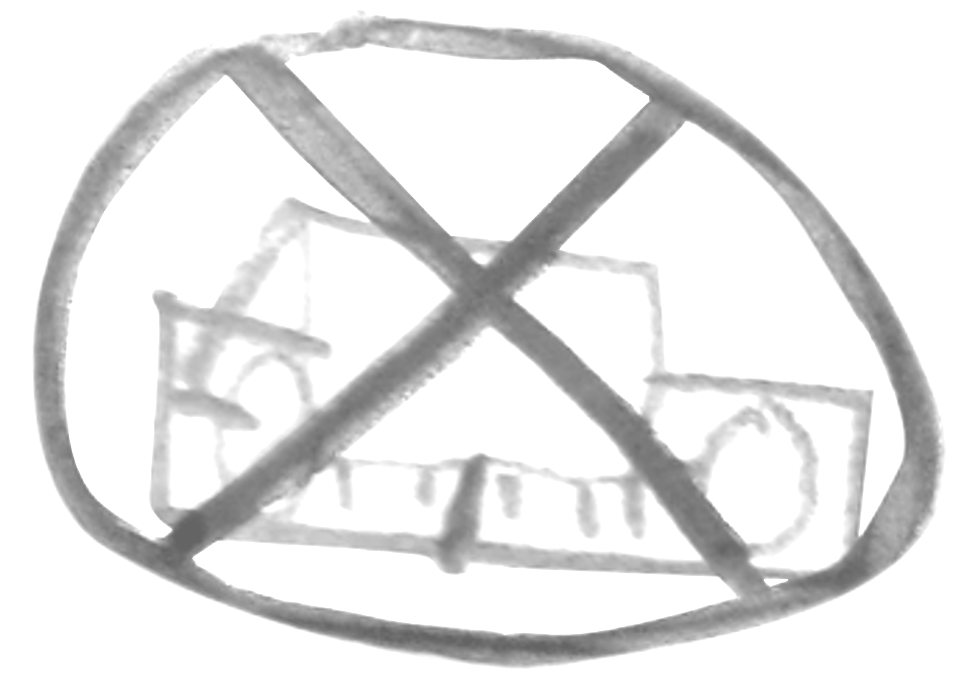FLOATING SOUND GALLERY
Vienna
Patrick K.-H.

photo Tina Stariha
Patrick K.-H. (aka Anton Iakhontov) –
composer, video- and media-artist, navigating through graphical sound, animation, interactive performances, tangible and spatial sound, multivarious collaborations with contemporary dancers and butoh to graphic collage and acousmatic composition. Along with his creations as a director, he is an author of music / video for over 40 opera / drama / postdramatic theater plays and performances in Europe and USA. He has had his music, video and performances presented in more than 200 festivals and series around the world including Ars Electronica (Linz), ASIFA (Vienna), Club Transmediale (Berlin), MIAF (Melbourne), Symposium iX (Montreal), FIVA (Buenos Aires). Holding several international awards — LÚMEN_EX (Spain), Golden Mask (Ru), Broadway off (USA), etc.Cum laude diploma of The Humanities Institute of Television and Radio Broadcasting GITR (sound producer, 2009), post graduation in Theremin Centre for Electroacoustic Music of Moscow conservatory (2000-2006), Mag.art. of Digital Art class at Vienna University of Applied Arts (2023). Received composition support from SKE / austro mechana, BMKÖS and Stadt Wien Kultur.
Beyond his art work, he has developed an important activity regarding experimental media-art, particularly spatial sound-art education and gallerism: his SoundArt@GogolFest program (Kyiv, 2010) has been pivotal in engendering sound-art as formal and informal practice in the post-soviet domain. Head of research programs of Media-Studio at the New Stage of Alexandrinsky Theatre, Ru (2013-2022). Organizer / teacher of educational classes and programs — among them Media-performance Lab (MMOMA, Moscow, 2011-2013) and New Media Lab (St.Petersburg, 2015-2022), in 2021-2022 — guest professor (sound-art, spatial sound, electroacoustic composition) in ITMO University, St.Petersburg. Founder and curator of the Floating Sound Gallery (since 2008, currently in Vienna) for spatial sound. Since 2018, he has conducted the “ACOUSMONIUM” international festival.
Since 2013, lives in Vienna and works internationally.
︎ ︎ [▸]
Compositions / Works:
∆∆∆∆ A4 (series)
2024
on bandcamp
at ACOUSMONIUM 2024 (Vienna)
at AKUSMONAUTIK 2024 (Vienna)
Yellow Rabbit
2023-2025
homage to Jon Appleton
on bandcamp
at ACOUSMONIUM 2024 (Vienna)
at AKUSMONAUTIK 2024 (Vienna)
at ZVO.ČI.TI Akuzmonij Okta-Fuzija 2025 (Ljujana)
at ACOUSMONIUM Ondes Croisées Europe 2025 (Vien
postards (series)
2021-2025
on bandcamp
at ACOUSMONIUM 2023 (Vienna)
at ACOUSMONIUM 2024 (Vienna)
at ZVO.ČI.TI Akuzmonij Di-Fuzija 2024 (Ljubljana)
at ZVO.ČI.TI Akuzmonij Okta-Fuzija 2025 (Ljubljana)
fwer
2022-2023
on bandcamp
at ACOUSMONIUM 2023 (Vienna)
5 Levels 2022
@Superspreading Art
Axel Dörner: trumpet & electronics
Patrick K.-H.: video & audio electronics
Katharina Klement: zither, objects, electronics
at ZVO.ČI.TI Akuzmonij Di-Fuzija 2024 (Ljubljana)
AorA 3’22“ / 2020
on bandcamp
Drawn sound (performances) since 2009
w/ Oleg Makarov
at Chromodynamics festival 2009 (Moscow)
in NCCA 2010 (Moscow)
at Ruby Attack 2010 (Moscow)
at NoumenArt 2010 (Moscow)
at Moscow Biennale for Young Art 2010 (Moscow)
in Pravda 24 2010 (Moscow)
in DOM 2011 (Moscow)
at Moscow Biennale, Art Play 2011 (Moscow)
at V'ELAC gala 2012 (Vienna)
in Liebling cafe 2012 (Vienna)
in Alexandrinsky Theater 2016 (St.Petersburg)
in Alexandrinsky Theater 2017 (St.Petersburg)
Mutanys (series)
since 2016
on bandcamp
at Scope Sessions // CTM Vorspiel // AV Exposure 2017 (Berlin)
at Spektrum // Vorspiel / transmediale & CTM 2017 (Berlin)
at Echoes around me 2021 (Vienna)
Afterlife
2015
at Ars Electronica 2015 (Post City, Linz, Austria)
Room Sketch: Dada Sonic Sculpture
(w/ Oleg Makarov), mechanical sound installation / 2012-14
Room Sketch: Sonic Relay
(w/ Oleg Makarov), laptop, Max/MSP, Arduino, relays / 2013-15
Concrète choirs
series (since 2004)
on bandcamp
at ACOUSMONIUM 2018 (St.Petersburg)
at ACOUSMONIUM 2021 (St.Petersburg)
at Echoes around me 2020 (Vienna)
at ACOUSMONIUM Ondes Croisées Europe 2025 (Vienna)

since 2022
with ujif_notfound
on bandcamp
at Circuit Fantôme 2024 (Vienna)

PhAS (PhotoAcousticSession)
2003
on bancamp
at ALTERMEDIUM 2003 (Moscow)

Butoh
collaborations (since 2005)
Invertarization at "Forms of living" festival, Moscow, 2007
Timeless in Media Performance Lab, MMOMA, Moscow, 2012
Desire of a dead man in Media Performance Lab, MMOMA, Moscow, 2012
Dance of Darkness in Media Performance Lab, MMOMA, Moscow, 2012
Architects of change in Media Performance Lab, MMOMA, Moscow, 2012
HEART bits at Platforma Mediafestival, Moscow, 2012
Adaptation 14 in Media Performance Lab, MMOMA, Moscow, 2013
Kudo at Circuit Fantôme, Vienna, 2024 pt1 pt2
